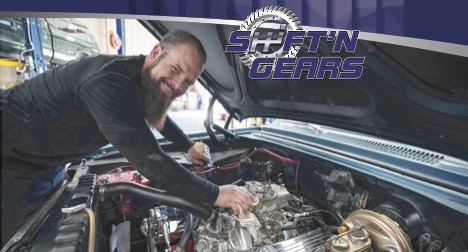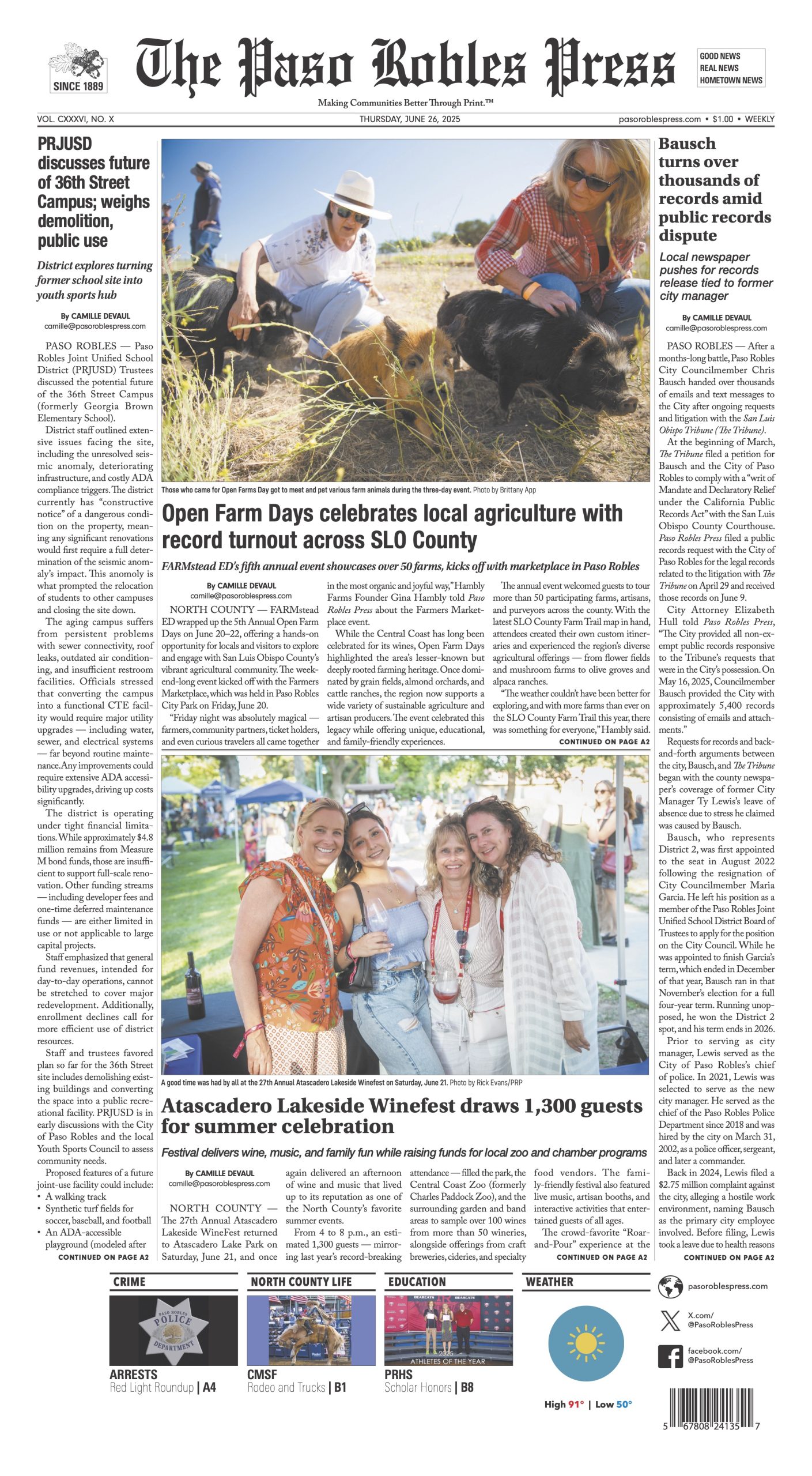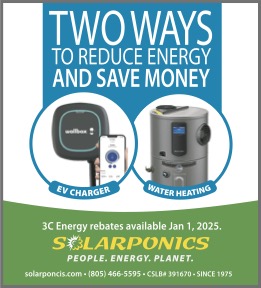Next time you’re taking a cruise, a sharp turn, or gliding over a speed bump, give a nod of appreciation to your suspension and steering systems. These components might not be as glamorous as a roaring engine or a sleek exterior, but they are the unsung heroes that make every drive a smooth and enjoyable experience. These parts work in perfect harmony to keep your ride smooth, stable, and controlled. KNOW THE BASICS!
The Suspension Superstars
Shock absorbers: Dampen the impact of the road, absorbing energy and keeping your ride smooth. Twin-tube shocks: These have two cylinders, one inside another. The inner tube holds the piston rod and oil, while the outer tube acts as a reservoir. Monotube shocks: These have a single tube and are generally more efficient at dissipating heat. They offer better performance but can be stiffer and more expensive.
Springs: Coiled springs, leaf springs, or air springs — they support the weight of your vehicle and absorb the shocks from bumps.
Control arms: Connecting the suspension to the chassis. They allow the wheels to move up and down while keeping them in proper alignment with the car’s frame.
Ball joints: Connect the control arms to the steering knuckles. They act as pivot points, allowing for smooth and controlled movement of the suspension and steering.
Stabilizer bars (sway bars): Reduce body roll during cornering. They connect the left and right sides of the suspension and work by transferring the load from one side to the other, keeping the vehicle more level.
The Steering Dream Team
Steering column: Transmitting your inputs down to the wheels.
Tie rods: They link the steering rack to the steering arms, ensuring your wheels turn in unison.
Power steering: Hydraulic power steering (HPS): Uses hydraulic pressure generated by a pump driven by the engine to assist steering. Electric power steering (EPS): Uses an electric motor to assist steering, providing better fuel efficiency and variable assistance based on speed.
Rack and pinion: Most modern cars use a rack and pinion steering system, which provides direct and responsive steering. A flat gear that moves left to right and a round gear at the end of the steering shaft translating rotational movements to linear.
Steering gearbox: Older vehicles and some trucks, a recirculating ball gearbox; this system uses a series of ball bearings to reduce friction and wear in the steering mechanism.
PASO ROBLES PRESS MAGAZINE
Copies of Paso Robles Press Magazine are directly delivered to 23,000 readers in zip codes 93446, 93451, and 93465 and 2,000 dropped with support from advertisers and subscribers. Together, we are Making Communities Better Through Print.™
To subscribe or advertise, click here.












